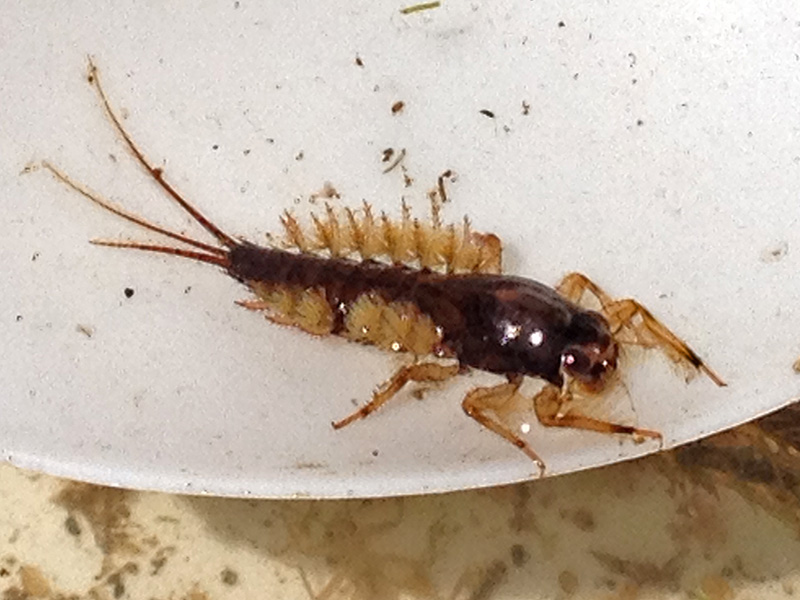
Aquatic macro-invertebrates are an important component of our waterways and serve as food for platypus, turtles, rakali and fish.
The term 'water bugs' is often used as shorthand for aquatic macro-invertebrates. Scientists consider water bugs an excellent 'bioindicator' of water health. A bioindicator is a biological parameter (e.g. fish, plants, frogs, water bugs) that can indicate your stream's health. A chemical indicator (e.g. pH, dissolved oxygen, nitrate) can also be measured to determine waterway health and both are used by Waterwatch.
Water bugs vary in their sensitivity to changes in the environment and while some bugs can survive in poorer quality water, others will not. So by studying the number and types of water bugs in your stream, you can work out if your stream is in poor, moderate or good health.
The Water Bug Detective Guide (PDF File 925.8 KB) will help you identify some of the water bugs commonly found in the ACT Region.
Water bug surveys happen twice per year (Spring and Autumn) around the region. They are conducted by the local Waterwatch coordinator and volunteers are welcome to join us.
Waterwatch Bug Blitz
Aquatic macro-invertebrates (water bugs) are an excellent indicator of stream health. Waterwatch conducts water bug surveys during spring to contribute to their catchment health report cards. Surveys occur between September and November in Spring and between March and May in Autumn.
With the help of volunteers, Waterwatch staff survey sites in Canberra and surrounding areas, including the Yass, Bredbo and Queanbeyan Rivers.
We invite new and experienced volunteers to join us. You can either arrange to meet at a particular site for a few hours or join in for the day to visit some less-explored areas of our catchment.
No previous experience necessary.
What to bring
Lunch, water, hat and enthusiasm!
RSVP
Email: waterwatch@act.gov.au
Phone: 02 6207 2314
Or contact your local coordinator for more details.
More information
- National Waterbug Blitz
- Waterbug Identification - a beginners guide (PDF File 2.7 MB) from Melbourne Water is another good resource.
- The Waterbug to find all manner of things water bug related including apps, photographs and books.

